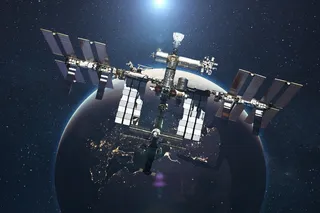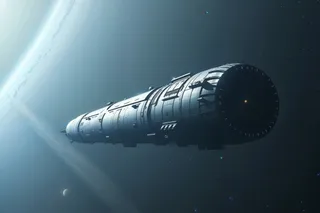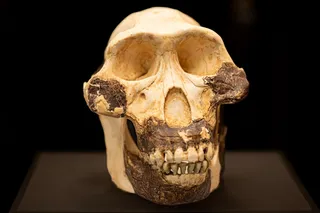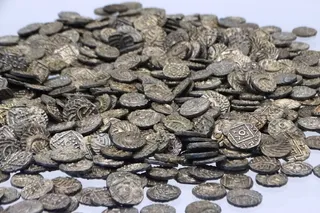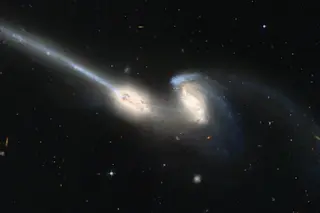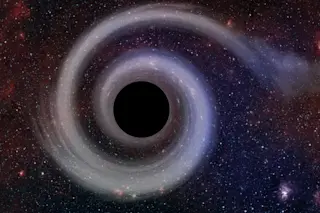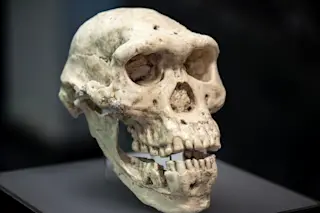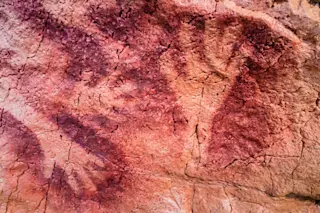“Dog in Second Satellite Alive; May be Recovered, Soviet Hints; White House is Calm Over Feat” The headline blared across the front page of the New York Times on November 4, 1957. The story continued on page 8 with follow up articles on pages 9 and 10.
The space age was only a month old and the satellite both excited and terrified Americans who feared bombs would start dropping from space. But one US Air Force flight surgeon was fascinated by the biometric data. Four years later, Duane Graveline would turn his fascination with Laika into the beginnings of a career in Soviet intelligence that helped NASA’s own man in space program.
When the first Sputnik satellite launched on October 4, 1957, Nikita Khrushchev wasn’t particularly thrilled. The Soviet premier cared more about the R-7 missile that had launched it; he’d only okayed the small satellite on the condition that ...




